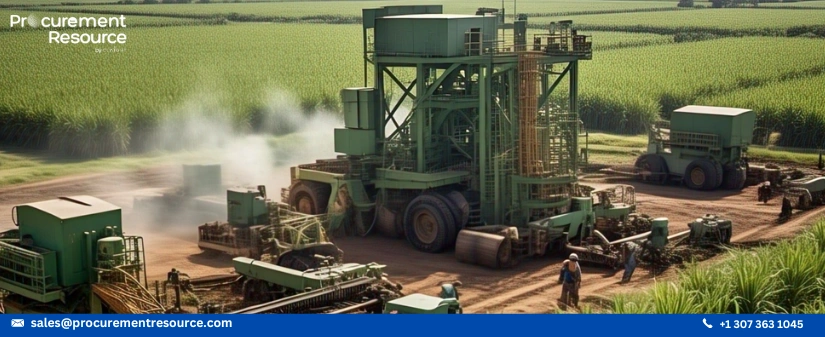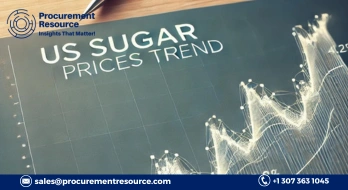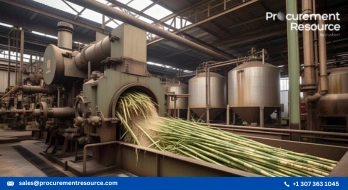Sugar prices have been recently rising in India amid rising demand for ethanol and lower sugarcane production

Sugar prices have been increasing in India lately, driven by a combination of rising demand for ethanol and declining sugarcane production. The government has been pushing to increase the ethanol-blending ratio in petrol, aiming to reach 30% in the near future, after achieving the 20% target well ahead of schedule in 2025. To meet this new target, more sugar has to be diverted for ethanol production, but the challenge lies in the declining sugarcane yield.
The production of sugarcane has been on the decline since 2022 due to a variety of factors, including red-rot disease affecting crops, insufficient rainfall, and issues with crop flowering. As a result, the government has approved an increase in the Fair Remunerative Price for sugarcane, which, while benefiting farmers, has also driven up the cost of sugar production, pushing prices higher for consumers.
The rise in ethanol demand has significantly influenced sugar prices. Ethanol, made from sugar, is an essential component in the government’s push for higher ethanol blending in petrol. As more sugar is diverted to produce ethanol, the availability of sugar for domestic consumption decreases, which naturally leads to higher prices. The combination of the increasing diversion of sugar for ethanol production, lower sugarcane yields, and the government’s decision to raise sugarcane prices to protect farmers has resulted in a noticeable increase in sugar prices, impacting consumers and raising concerns about the trade-off between food and fuel needs.
Looking at the historical context, the Ethanol Blending Programme (EBP) was introduced in India in the early 2000s with the aim of increasing the supply of ethanol for blending in petrol. Initially, to ensure sufficient sugar for domestic use, the government imposed a ban on the use of sugarcane juice, syrup, and B-heavy molasses for ethanol production. This restriction was later lifted, allowing ethanol production to surge in recent years. From just over 1.5% in FY14, the ethanol blending ratio rose steadily, reaching 20% in FY25—much earlier than the initial target of 2030. This rapid progress was facilitated by lifting caps on the amount of sugar allowed for ethanol production and reducing the goods and services tax (GST) on ethanol. With these changes, the government achieved the 20% blending target in March 2025, prompting discussions about setting a new goal of 30% blending in the coming years.
Read More About Raw Sugar Production Cost Reports - Get Free Sample Copy in PDF
However, the rising demand for ethanol has placed pressure on sugar supplies. As sugar is increasingly diverted to ethanol production, the availability of sugar for domestic consumption becomes constrained, which, coupled with the decline in sugarcane production, has caused sugar prices to increase. The situation now reflects the delicate balance between fuel production and food security, as higher sugar prices push the cost of living higher for consumers while contributing to the country’s broader energy transition goals.



-order-2025-to-regularize-the-sugar-sectors-of-india-and-ensure-transparency.webp)